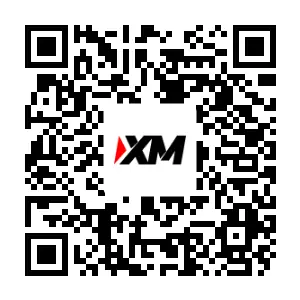How Do You Interpret a Chart for Beginner Traders
Acquiring the skill to interpret charts effectively is paramount for novice traders: there are several fundamental concepts beginners must master before commencing market trading activities.
Identifying Trends on xauusd Trading Charts
Novices must first acquire the skill to identify the prevailing trend on a chart before attempting to trade using these visualizations.
Trend is the most widely used analysis concept used by the traders. Traders will first determine the trend direction, then after determining this trend direction the online traders will open trade positions in the direction of the market trend.
Trends on the charts can be identified using trend lines. Drawing trend-lines on the chart will show the general trend direction of market whether upwards or downward.
Finding Support and Resistance on XAUUSD Trading Charts
Novice traders must also learn the correct procedure for identifying support and resistance areas for gold directly on the price charts.
A resistance level for the price works like a roof, stopping the price from going higher than this level based on what the chart shows.
A support level functions as a 'floor' for the price action, effectively preventing the price from declining beneath that established boundary.
Using Gold Analysis Tools & Indicators
Novice traders are also afforded the opportunity to develop proficiency in interpreting chart price movements through the application of technical indicators.
Indicators are tools used on charts to help see which way the trend is going and to figure out how strong the current trend is.
Traders routinely employ various indicators to generate trade signals and ascertain the optimal moments for initiating buy or sell orders for gold.
Identifying Gold Setup Patterns
Novice traders can utilize patterns to forecast the next potential market trend direction.
Chart patterns aid trading studies. New traders should study them, learn to spot setups, understand their signals, and trade based on them.
Beginners in trading should become familiar with continuation chart patterns and reversal setups.
Continuation patterns include wedges, pennants, rectangles, ascending triangles, and descending triangles. These patterns suggest the trend will keep going after they appear on the chart.
Chart patterns indicating impending trend reversals include the double top, double bottom, head and shoulders, and inverse head and shoulders configurations. Once these reversal setups materialize on the chart, they signal a high probability that the prevailing trend is about to change direction.
How Do I Interpret a Chart for Beginner Traders
Study More Topics and Tutorials:
- A Guide for Trading the US 100 Stock Index
- Trading Methods for US-Tech 100 Indices on Both the MetaTrader 4 and MetaTrader 5 Platforms
- Trading the EU 50 Stock Index Chart
- Putting Line Studies Tools on the MT4 Gold Software
- Learn How to Trade EU50 Lesson Guide Download
- How Do I Trade with Forex Indicators Explained?
- Learn XAU USD Software
- What is the Best Way to Trade an Increasing Gold Trend on a XAU/USD Chart?
- MT4 Balance of Power Buy and Sell Signals
- S&PASX 200 Indicator MT4 Trading Indicators

